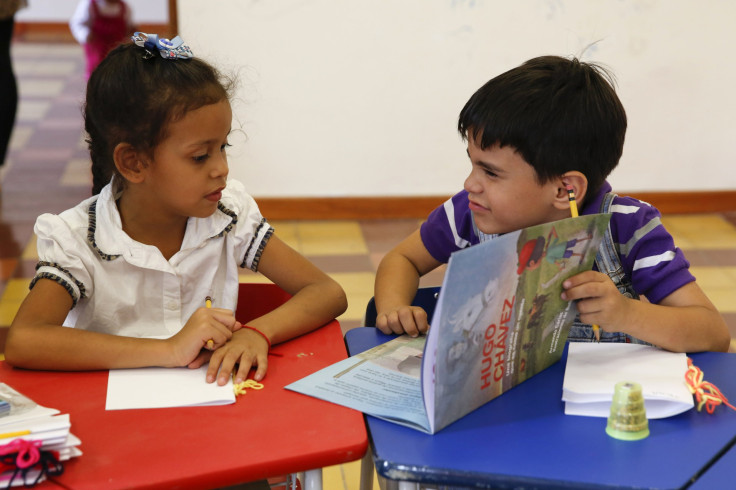Firstborn children are more likely to be nearsighted, research reveals

A new study claims that firstborn children may have a slightly higher risk of suffering from nearsightedness, or myopia, later in life compared to later-born siblings.
Firstborn individuals were 10 per cent more likely to be nearsighted than later-born participants, according to researchers led by Jeremy Gugenhenheim of Cardiff University in the UK. The team also say that firstborns have 20 per cent more chances of being severely nearsighted than later-born individuals.
The team’s findings, which appeared in the journal JAMA Ophthalmology, were based on an analysis of about 89,000 people, aged 40 to 69. In analysing further the association of myopia and birth order, the researchers found that parents may be more invested in the education of their firstborn children compared with their later-born children. This may mean that firstborn children spend more time doing activities that promote nearsightedness, such as reading, according to the researchers.
“Our study provides an extra piece of evidence linking education and myopia, consistent with the very high prevalence of myopia in countries with intensive education from an early age,” Guggenheim says.
In Singapore, for example, a previous study of more than 110,000 males with ages 15 to 25 revealed that the prevalence of nearsightedness and the rates of severe nearsightedness were higher in participants with more years of formal education.
The new study cited earlier studies that suggested that the older children in a family do relatively better at school because parents invest more time, effort and resources in those kids' education. According to authors of the new study, this is the reason birth order is linked with a person’s risk of becoming nearsighted.
They also stressed that the prevalence of nearsightedness is increasing in younger generations in many parts of the world and constitutes an important public health issue. In their investigation, the team that 30 percent of the participants are nearsighted.
Genetics, more time spent doing “near” work such as reading and educational activities, and less time spent outdoors have been cited as some risk factors cited for nearsightedness. Other factors, such as the excessive use of electronic devices and a lack of time outdoors are also being blamed for an alarming increase in eye problems among children.
In Asia, myopia among young people is particularly common, but Australians are faring much better than the rest of the world. Experts claimed it is because Australian kids are spending more time playing outside.
While Guggenheim emphasised that there is a strong link between education and countries that are 80 to 90 per cent myopic, he said there may be other, unmeasured factors that could partially mediate the relationship between birth order and one's risk of nearsightedness.
Contact the writer at feedback@ibtimes.com.au or tell us what you think below.





















